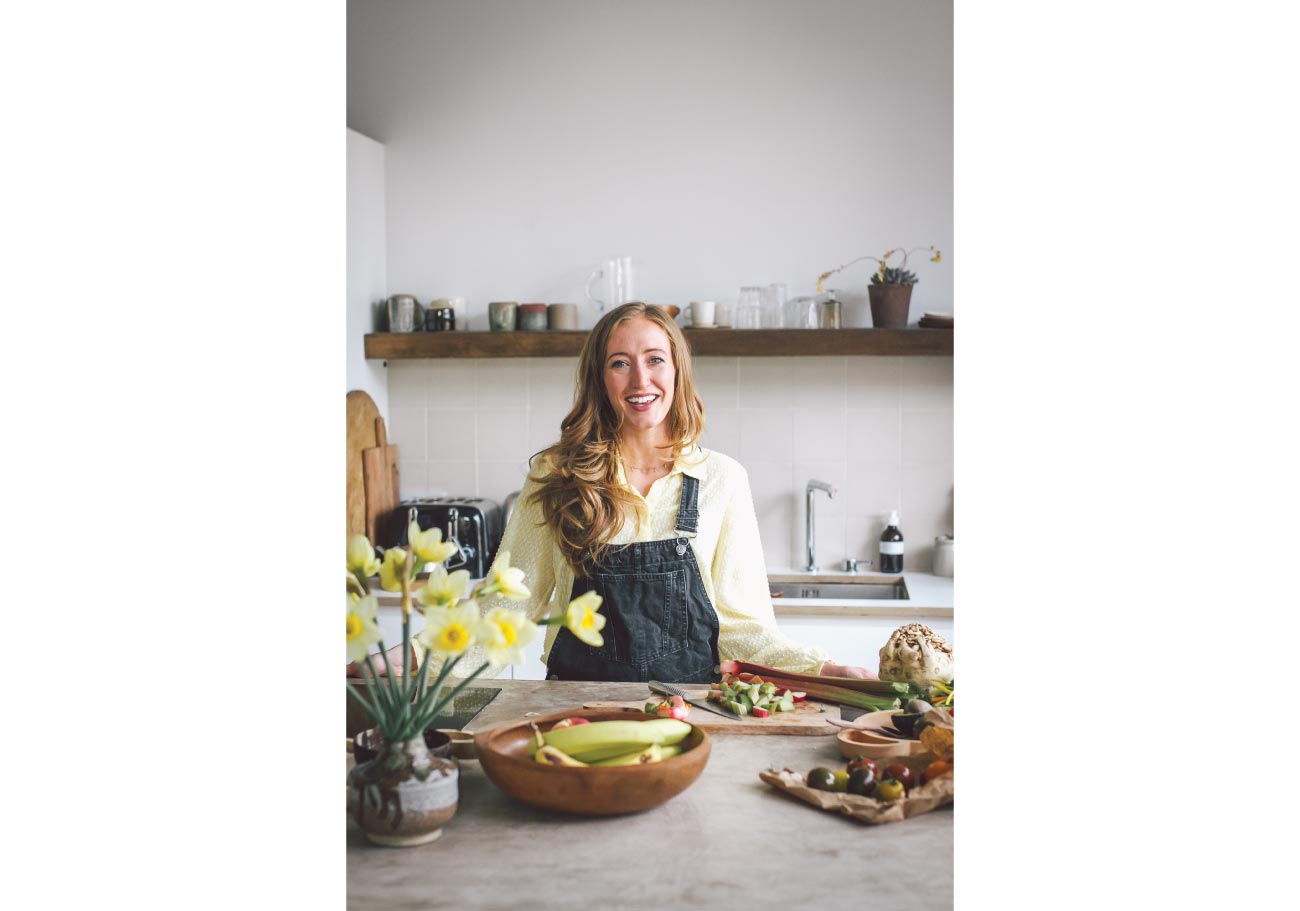
Healthy weaning and the importance of dietary diversity
with thanks to The Childrens’ Dietitian and Tiny Tums
As with so many aspects of parenting, starting out on the weaning journey can fill parents with excitement, but there is also the very real perceived pressure of ‘getting it right’. There are reams of information about nutrition and health in general, but also numerous ways to approach weaning in the ‘best’ way for your baby. In this blog, registered dietitian Lucy Upton The Children’s Dietitian, in association with Tiny Tums, explores how parents can safely offer a wide range of foods to their baby.
From the perspective of a Children’s Dietitian and Feeding Therapist, one of the main ingredients for healthy weaning, regardless of the approach you take, is offering and exposing your baby a wide variety of different foods. The phrase often now used to capture this is ‘dietary diversity’.
Offering a broad range of different foods throughout weaning has the potential for numerous benefits for your baby. This is based on what we know about child development, scientific evidence about how babies learn to eat (and what they learn to eat) and emerging research about the importance of establishing dietary variety early and how this can impact on health – e.g. food allergy risk, disease prevention etc.
Offering your baby dietary diversity during weaning is important because:
- Babies have a window of acceptance during weaning for new tastes – whilst they will have innate preference for sweet, and probably higher fat foods, flavours like sour, umami and bitter are learnt through exposure. Your baby’s food preferences now and going forward will be a result of their exposure to different foods during weaning. The more taste diversity offered = greater exposure = more accepted foods longer term.
- Babies also have another important window of acceptance during weaning, but this time for textures. Just like taste, acceptance of textures into childhood and beyond starts with plenty of exposure to these from weaning onwards. Delaying progression onto textured or lumpy foods during weaning can impact on the range of foods a child is able to manage or accept into childhood. Those with limited exposure may be more likely to accept a smaller range of foods meaning it can be harder to achieve a balanced diet. Offering a variety of foods can help to offer diversity with texture too – cooked broccoli definitely has a different texture to fish for example!
- As your baby moves from just milk to food the bacteria in their gut will start to change and adapt based on the foods provided. Having a diverse collection of gut bugs is increasingly recognised to be a positive contributor to overall health. The more diversity from diet = more diversity in gut microbiome too.
- A varied and diverse diet typically results in providing the body with the varied nutrients it needs for good health and disease prevention.
- Dietary diversity overall, including proactive introduction of allergenic foods to babies during weaning has been linked to a reduced risk of babies developing food allergy.
- One of the main end goals for weaning is that your baby will be able to join you at the table – cooking one meal for all is so much easier. To get there, they’ll need plenty of practice with foods you’ve been including in your diet, probably for years.
Top tips for offering dietary variety to your baby in weaning:
- Cook fresh foods and meals at home whenever you can. Naturally, home prepared foods will have great ability to be more diverse in taste, texture and nutrients for your baby.
- Use batch cooking to your advantage – you can always add something new to a batch of frozen veg – why not try lentils or beans, fish, egg, pasta or grated cheese.
- Start with green and ideally bitter or sour vegetables for the first 1-2 weeks of weaning – get those challenging tastes in right from the start.
- Work towards building in all the key food groups into your baby’s diet including; fruits, vegetables, different starchy foods & grains, dairy or fortified alternatives and a variety of protein rich options such as eggs, pulses, beans, fish, meat, ground nuts and seeds.
- As you progress through weaning, adapt family meals wherever you can. Try using a low salt stock cube or ditch any added sugars like honey so that your baby gets to try what you’re having too.
- Offer a rainbow of different colours for fruits and vegetables.
- Don’t be afraid to use herbs and spices to change up meals – most are completely safe to use in babies. Just steer clear of hot chilli or seasonings containing salt.
About Lucy Upton:
The Children’s Dietitian is led by Registered Dietitian Lucy Upton. She is passionate about supporting babies, children and their families to achieve health and happiness with feeding and nutrition – for life. In a world full of nutrition noise, Lucy understands how challenging it can be for parents to feel confident in understanding and managing their child’s diet, nutritional needs, feeding and health. Lucy provides evidence-based and practical advice for families, specialising with dietary or feeding issues including; food allergies, food avoidance or aversion, weaning, weight issues, overeating, constipation, fussy eating, nutritional deficiencies, colic and other gastric problems.
Contact Lucy at lucy@thechildrensdietitian.co.uk or 07922186502
Follow Lucy: @childrensdietitian
About Tiny Tums:
Follow Tiny Tums: @tinytumsuk
Disclaimer: The views and advice given in this article are those of the guest writer and do not necessarily reflect the opinions of Weaning World or any other organisations represented on this platform
